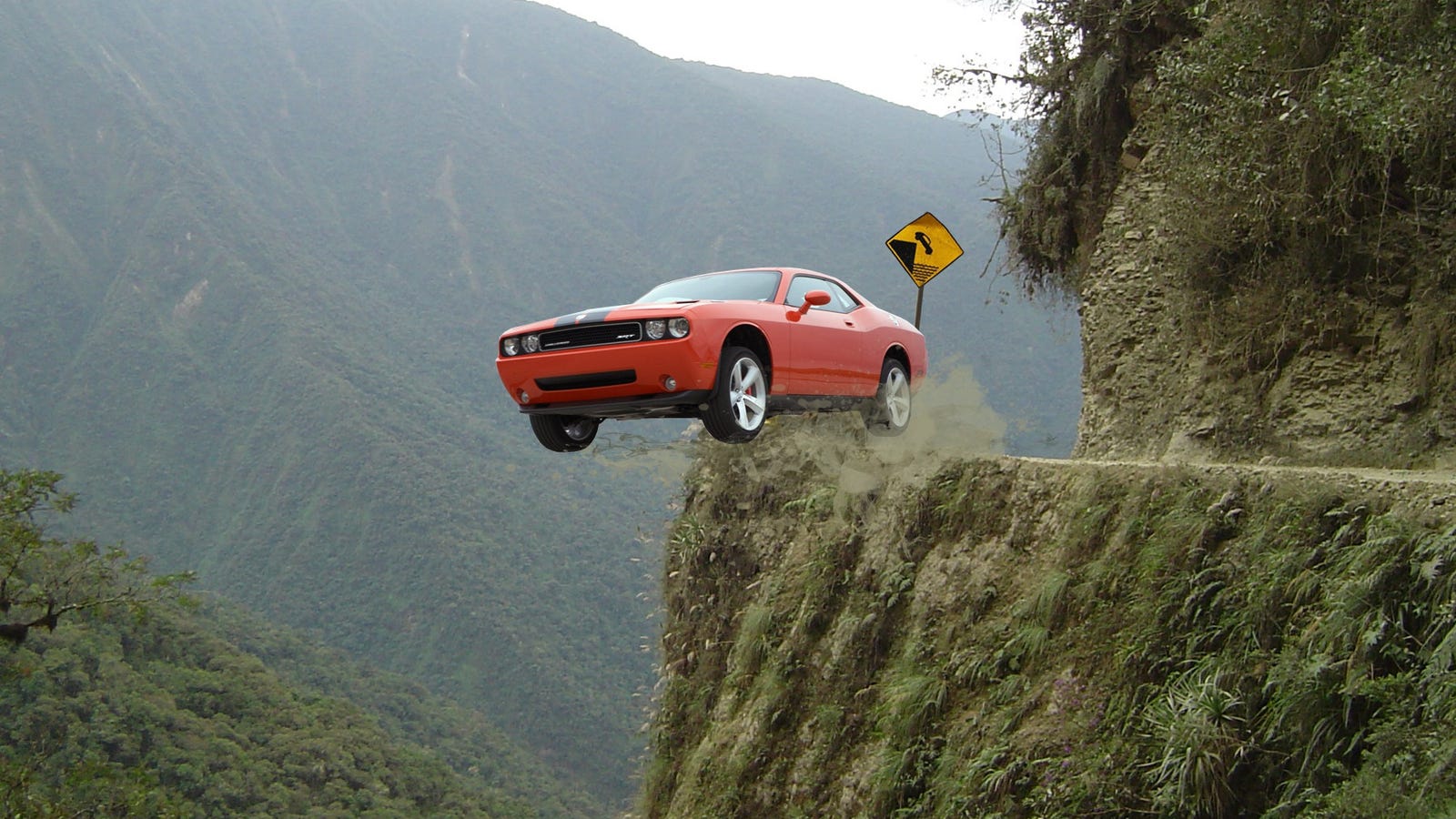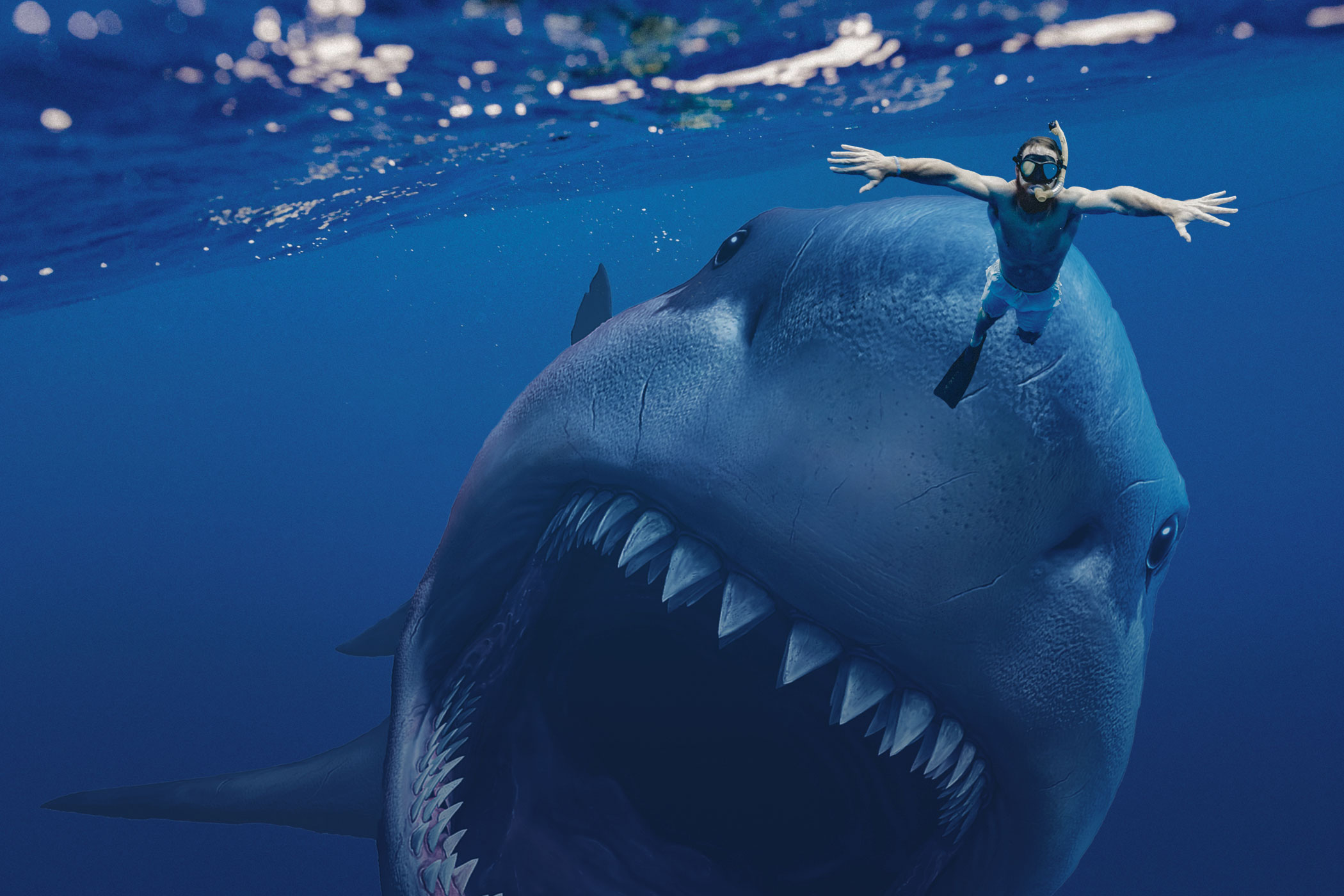The Dark Side of Viral: Unpacking Dangerous TikTok Trends
TikTok, the ubiquitous short-form video platform, has revolutionized the way we consume and create content. Its algorithm, a master of personalization, has propelled countless videos to viral status, launching careers and shaping trends at an unprecedented pace. However, lurking beneath the surface of harmless dances and comedic skits lies a darker side: the propagation of dangerous and harmful trends that can have serious consequences, particularly for young and impressionable users.
Opening: A Playground of Influence, and Risk
TikTok’s appeal lies in its accessibility and the ease with which users can participate in challenges and trends. This participatory culture, while fostering creativity and community, can also be a breeding ground for risky behavior. The desire for viral fame, coupled with peer pressure and the perceived anonymity of the internet, can lead individuals to engage in activities they might otherwise avoid.
Body: Unveiling the Risky Landscape
Let’s delve into some of the most concerning categories of dangerous TikTok trends:
-
Physical Challenges with Potentially Harmful Outcomes:
- The "Blackout Challenge": This challenge, involving intentionally choking oneself until losing consciousness, has tragically resulted in multiple deaths and injuries. The allure of experiencing a brief loss of awareness is dangerously misguided, as it can lead to severe brain damage or even death.
- The "Benadryl Challenge": This trend encourages users to take excessive doses of the antihistamine Benadryl to induce hallucinations. Overdosing on Benadryl can cause seizures, heart problems, coma, and death.
- "Skull Breaker Challenge": This involves tricking someone into jumping in the air, then kicking their legs out from under them, causing them to fall backward and potentially hit their head. This can result in concussions, fractures, and other serious injuries.
- "Nyquil Chicken": Cooking chicken in Nyquil is not only bizarre, but incredibly dangerous. Mixing medications with heat can concentrate them, making it easy to overdose. It can also damage your lungs.
-
Diet and Body Image Trends Promoting Unhealthy Habits:
- Dry Scooping Protein Powder: Swallowing dry protein powder before mixing it with liquid is a dangerous trend. It can cause choking, lung damage, and even heart problems.
- What I Eat in a Day (Restrictive): Many of these videos showcase extremely restrictive diets, often promoting calorie counting and portraying unhealthy eating habits as desirable. This can contribute to the development of eating disorders and body image issues, especially among young viewers.
- Waist Training: This trend involves wearing tight corsets or waist trainers in an attempt to achieve an hourglass figure. Prolonged use can compress internal organs, restrict breathing, and cause digestive problems.
-
Social Challenges That Can Lead to Legal Trouble and Psychological Harm:
- Devious Licks: This trend involved stealing or vandalizing school property, often filmed and shared on TikTok. Participants faced disciplinary action, legal charges, and potential long-term consequences on their records.
- Public Pranks That Go Too Far: Some pranks, filmed for TikTok, involve causing public disturbances, harassing strangers, or damaging property. These actions can lead to legal repercussions and create a hostile environment for others.
- Cyberbullying: While not a specific "challenge," TikTok can be a platform for cyberbullying, with users posting hurtful comments, spreading rumors, or creating fake profiles to harass others. This can have devastating effects on the mental health of the victims.
Data and Facts: The Scope of the Problem
While precise data on the number of injuries directly attributable to TikTok trends is difficult to obtain, anecdotal evidence and news reports paint a concerning picture.
- Multiple Deaths Linked to the "Blackout Challenge": Several families have filed lawsuits against TikTok, alleging that the platform’s algorithm promoted the challenge to their children, leading to their deaths.
- Hospital Admissions Related to Diet Trends: Emergency rooms have reported an increase in cases of malnutrition, dehydration, and other health complications related to restrictive diets promoted on social media.
- School Suspensions and Legal Charges Due to "Devious Licks": Schools across the country have reported widespread vandalism and theft related to the "Devious Licks" trend, resulting in numerous suspensions and legal charges.
The Role of the Algorithm and Platform Responsibility
TikTok’s algorithm plays a significant role in amplifying these trends. While the algorithm is designed to personalize content and show users what they are most likely to engage with, it can also create echo chambers where harmful content is amplified and normalized.
TikTok has taken steps to address the issue, including:
- Banning Dangerous Hashtags: The platform has banned hashtags associated with dangerous challenges and trends.
- Adding Warning Labels: TikTok has added warning labels to videos that depict potentially harmful activities.
- Partnering with Experts: TikTok has partnered with experts in mental health and safety to develop resources for users and parents.
- Content Moderation: Hiring an army of moderators to try to remove dangerous content.
However, critics argue that these measures are not enough and that TikTok needs to be more proactive in identifying and removing harmful content before it goes viral.
Parental Guidance and Media Literacy: A Crucial Line of Defense
Parents play a vital role in protecting their children from the dangers of TikTok. Open communication, media literacy education, and monitoring online activity are essential.
- Talk to your children about the risks of social media trends.
- Encourage critical thinking and skepticism.
- Help your children develop a healthy body image and self-esteem.
- Monitor their online activity and be aware of the content they are consuming.
- Use parental control features to limit access to potentially harmful content.
- Encourage activities beyond social media to foster well-rounded interests.
Conclusion: Navigating the Digital Landscape Responsibly
TikTok can be a source of entertainment, creativity, and connection. However, it is crucial to be aware of the potential dangers and to navigate the platform responsibly. By promoting media literacy, fostering open communication, and holding social media platforms accountable, we can create a safer online environment for everyone, especially young and vulnerable users. The key is to be critical, mindful, and to prioritize safety and well-being over the fleeting pursuit of viral fame. Ultimately, the responsibility lies with each of us to make informed decisions and to protect ourselves and others from the harmful influence of dangerous TikTok trends.

